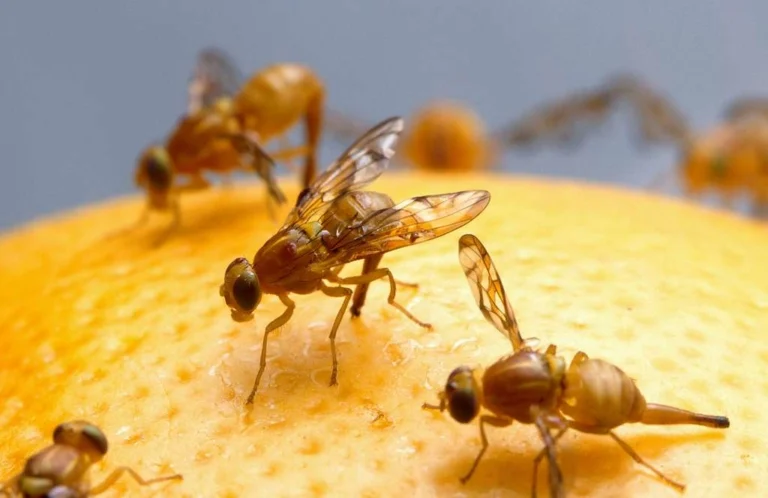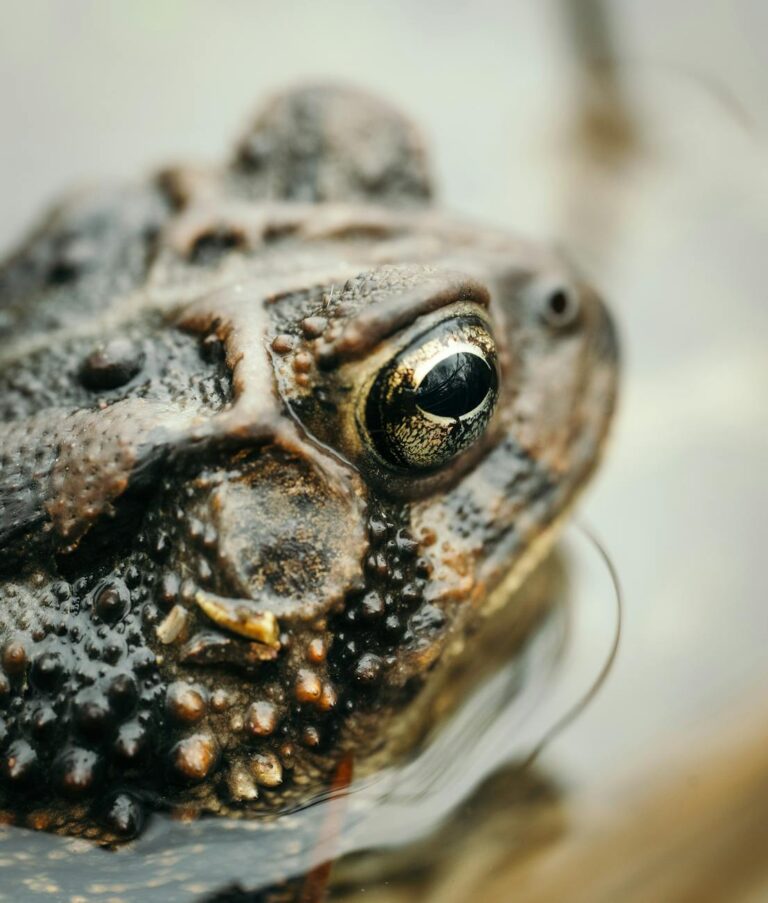Table of Contents
ToggleEarwigs are common yet often misunderstood creatures found in our homes and gardens. They love damp, shadowy places. Their foreboding pincers and secretive ways have inspired many myths, creating a sense of fear and intrigue. These nocturnal beings become active as evening falls, perpetuating stories based more in fiction than fact.
This guide is here to clarify the mystery surrounding earwigs. We’ll explore their true nature, uncover the real causes and effects of an earwig infestation, and offer practical steps for managing and preventing them.
Understanding Earwigs
When it comes to household pests, earwigs are often misunderstood. Characterized by their pincers and elongated bodies, they are objects of many common misconceptions. In reality, their menacing appearance belies a generally harmless nature.
Earwigs are found both indoors and outdoors, with environmental factors playing a key role in their habitat choices. If you’re looking to understand earwigs better or need to tackle an infestation, having the right information and management strategies is crucial.
Description and Identification
Earwigs have a distinct look with long, flat bodies and pincers at their rear. Contrary to common belief, they use these pincers for mating and self-defense, not to harm humans.
Behavior and Habitat Preferences
In terms of behavior, earwigs exhibit preferences for damp environments, often found outdoors in mulch or under stones. However, when the weather turns cold or dry, they can migrate indoors, seeking refuge in moist areas like bathrooms and basements.
Misconceptions and Folklore
A prevailing myth about earwigs is that they crawl into the ears of sleeping individuals, but this is a misconception. Contrary to some beliefs, scientific studies affirm that earwigs are not harmful to humans and don’t transmit diseases. They can be a nuisance, but they pose no significant threat to our health.
Causes of Earwig Infestation
Understanding the root causes of an earwig infestation is instrumental in effective management and prevention. External factors such as adverse weather conditions can compel earwigs to seek refuge indoors. These pests are particularly attracted to moist conditions and are often found during periods of heavy rainfall.
Entry Points into Homes
Earwigs make their way into homes through various entry points including doorways, windows, and cracks in the walls. Their small, flat bodies allow them to slip through even the smallest of openings. Ensuring these entry points are well-sealed is a crucial preventative measure.
Implications of an Earwig Infestation
Within the home, an earwig infestation can be a source of significant inconvenience. Though not directly harmful, their presence can lead to food contamination and general nuisance.
In gardens, the presence of earwigs is a double-edged sword. They can be beneficial, aiding in the decomposition process and controlling other pests. However, in excessive numbers, they may also damage plants.
Public Perception
People often fear earwigs more than they need to. Even a few earwigs indoors can cause worry, making a small problem seem much bigger and urging immediate action.
Identifying an Earwig Infestation
Identifying an earwig infestation means noticing signs like visible earwigs in the house or garden, especially in wet areas. They are most commonly found in kitchens, bathrooms, and basements because of the dampness.
Managing an Earwig Infestation
For minor infestations, DIY control measures such as vacuuming regularly, dehumidifying damp areas, and sealing entry points can be effective. It’s essential to address the attraction of earwigs to moisture and shelter to mitigate the infestation.
Professional Intervention
In cases of severe infestations, professional intervention may be necessary. Pest control experts can provide a unique treatment program tailored to the specific conditions of the infestation.
Preventative Measures
Preventative maintenance, including regular inspections and the elimination of damp conditions, can be instrumental in keeping earwig populations at bay.
Conclusion
Navigating an earwig infestation requires a balanced approach, incorporating prevention, identification, and management. By debunking misconceptions, homeowners can address this issue with informed, practical steps, ensuring a safe and comfortable living environment. Regular upkeep and occasional professional advice are key to managing earwig problems effectively. This approach helps reduce both the risks and hassles that come with such infestations.
In the realm of pest control, knowledge and prevention are key. With the right information and preventive actions, worries about earwig infestations can be significantly reduced. This approach leads to a safer, more peaceful living environment.




